![]()
![]()
![]()
Use LEFT and RIGHT arrow keys to navigate between flashcards;
Use UP and DOWN arrow keys to flip the card;
H to show hint;
A reads text to speech;
15 Cards in this Set
- Front
- Back
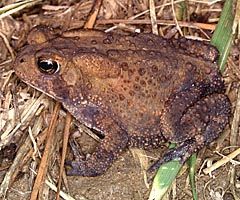
amphibian
|
A vertebrate that begins life in water and lives part of the time on land.
|
|
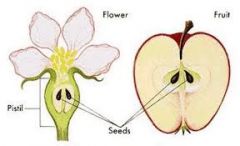
angiosperm
|
A vascular plant that produces seeds from flowers.
|
|
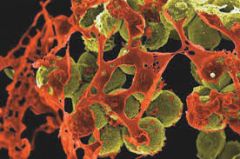
bacteria
|
Tiny, single-celled organisms that do have a nucleus.
|
|
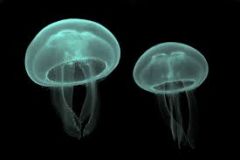
cnidarian
|
Invertebrate with radial symmetry, a saclike body, a true mouth, and the ability to digest food.
|
|
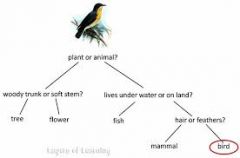
dichotomous key
|
A tool used to identify organisms based on contrasting pairs of characteristics.
|
|
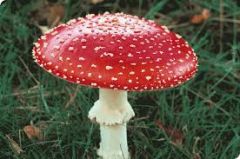
fungi
|
A kingdom of organisms, with a nucleus, that gets nutrients by decomposing other organisms.
|
|
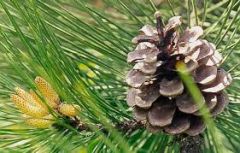
gymnosperm
|
A vascular plant that produces seeds in cones, not flowers or fruits.
|
|

invertebrate
|
An animal that lacks an internal skeleton or bones.
|
|
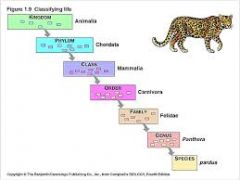
kingdom
|
The broadest (largest) level of biological classification.
|
|
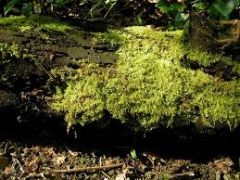
nonvascular
|
Lacking a water-transport system.
|
|
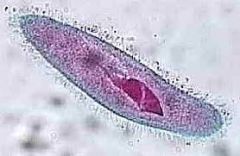
protist
|
A single-celled or multicellular organism that may share characteristics with plants, fungi, and animals.
|
|
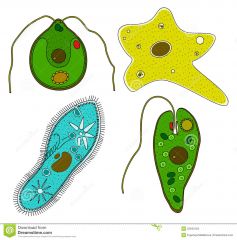
protozoa
|
Animal-like protists
|
|
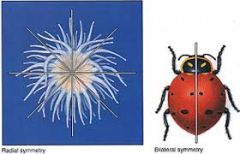
symmetry
|
Matching body form, such as across opposites sides of a dividing line.
|
|
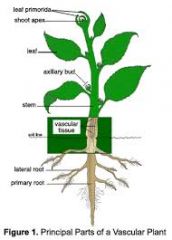
vascular
|
Having a tube-like water-transport system.
|
|
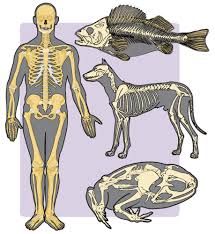
vertebrate
|
An animal with a backbone.
|

